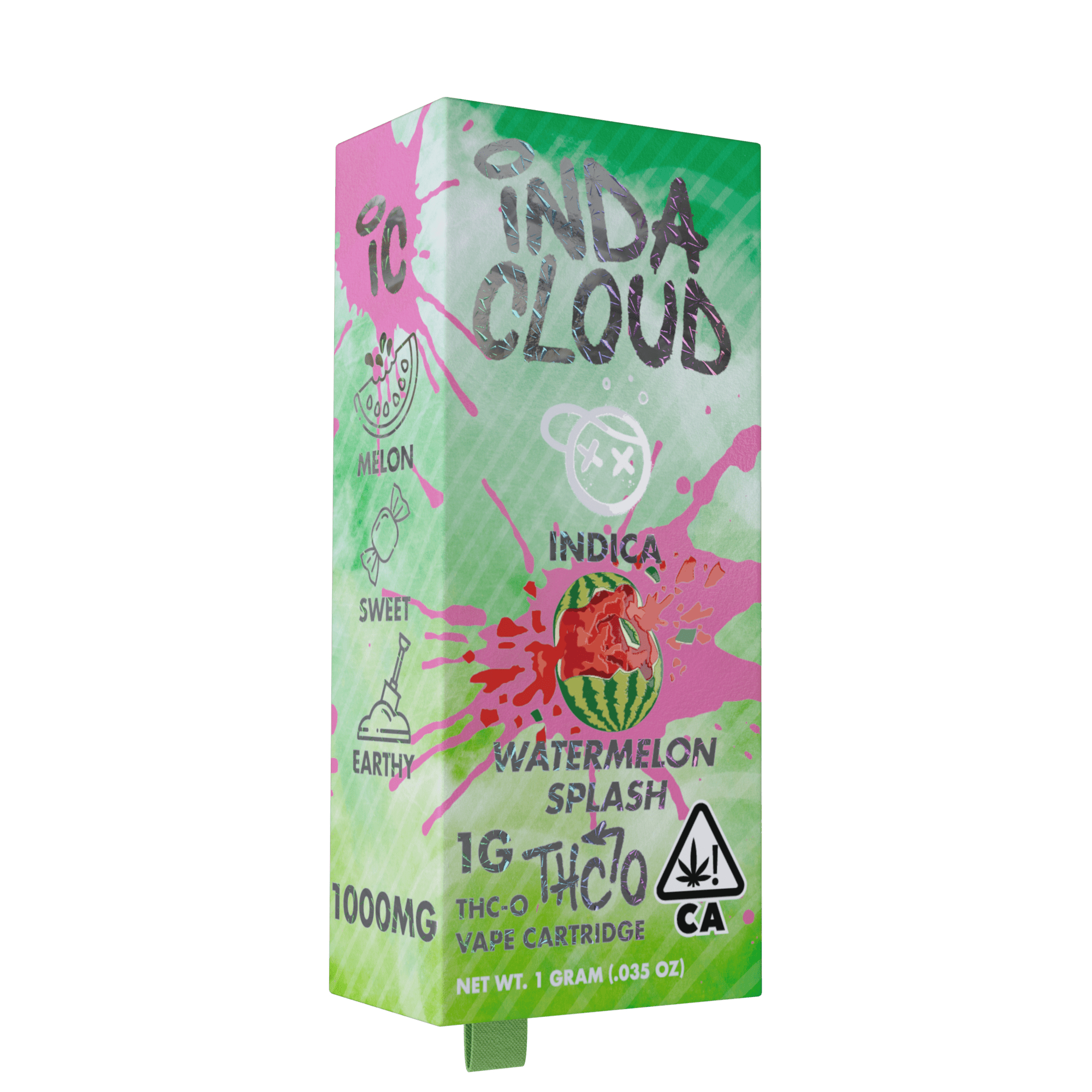The Benefits and Risks of THCC
THC can trigger a variety of health problems. These include anxiety, depression and other mental illnesses. It can also cause negative side effects, such as headaches and dizziness. The benefits and dangers of THC depend on the amount that is consumed.
Concentrates
If it is done improperly, using concentrated THC forms could extremely hazardous. There are many other health dangers. Apart from causing physical dependence, these concentrations could increase the risk of addiction.
In certain states, it is unlawful to inhale THC concentrate. It is imperative to notify your local law enforcement agency if you suspect you may be dealing with THC concentrates.
Concentrated THC is a potent type of marijuana. It can have an immediate psychoactive effect. It has a high amount of THC and is often found in a form that is waxy. The wax is a thick liquid that looks like butter or a gooey squishy wax known as budder.
Concentrates of THC can be smoked, mixed into drinks or food or added to lotion. They can also be used in vape pen. The most well-known THC concentrates are shatter Budder, and Dabs.
 A dab is a colloquial term for hhc usa (Going in Vnprintusa) a very potent concentrate of THC. Dabs can contain as high as 80 percent THC. The process of vaporizing a dab involves heating the weed up to over 100 degrees. A wick absorbs the dab’s liquid and turns it until it turns into the form of vapor. The dab is then inhaled.
A dab is a colloquial term for hhc usa (Going in Vnprintusa) a very potent concentrate of THC. Dabs can contain as high as 80 percent THC. The process of vaporizing a dab involves heating the weed up to over 100 degrees. A wick absorbs the dab’s liquid and turns it until it turns into the form of vapor. The dab is then inhaled.
The most frequent effects of marijuana concentrates is euphoria feeling of relaxation and heightened perception. Some users also experience an increase in appetite.
Concentrates of THC are a growing trend in teens. This has resulted in several issues that include mental health issues. In addition to the health effects teens who smoke cannabis regularly are likely to have a poor development, weak mental connections in their brains and a higher risk of developing addiction.
Edibles
THCC edibles are a type of cannabis that is legal in Minnesota. There are a variety of edibles. There are many types of edibles, such as candies and baked goods. They are loved by their discreet consumption and delicious flavor.
They come in a variety of dosages and strengths. Some contain just a few milligrams, while others may have 50 or more. The amount you choose to take depends on your body and how you feel. If you are new to eating food, start with smaller doses. Then, work your way up.
A good starting dose is 5 milligrams. Some edibles take as long as an hour to begin to take effect. If you eat them on an empty stomach, you could experience a stronger euphoric effect. The effects of the edible will be more gradual if are full of food.
The duration of the effects of edibles is more prolonged than smoking. The highest blood levels of THC are achieved around three hours after the consumption.
People with higher body fat might find it takes longer for the best delta-8 thc to process. This is because the body requires energy to digest baked products.
When you are choosing a product make sure to choose a store that provides advice on which kind of edibles are suitable for you. Also, ensure that you go through the directions on how to use the product. This will ensure that you have an experience that is consistent with the product.
You should also consult your doctor prior to taking THC edibles. There is a chance that you are allergic to one ingredient or have an genetic predisposition.
Finding the right dose can be a challenge. If you’re looking to consume THC for the first time, it is recommended that you start with a lower dose.
Inhalation
Numerous studies have studied the anti-nociceptive effects that are induced by inhalation of THC in rodents. However, pre-clinical animal models of non-combusted cannabinoid inhalation were rare until recently. Previous studies have also demonstrated strain-related differences in delta 10 thc usa effects. We wanted to find out if the effects of THC inhalation were different between two different laboratory rats.
THC vapor was inhaled by Lewis and Sprague Dawley rats. Blood samples were taken after each inhalation session. Inhalation sessions were scheduled for 30 minutes. In addition an inhalation tail withdrawal latency assay was performed at 35, 60 and 120 minutes following inhalation. The magnitude of hypothermia was determined through the measurement of body temperature 60 minutes after inhalation. The body temperature of female and male rats aged 55 to 56 weeks was significantly decreased after inhaling THC for 40 minutes.
Plasma THC concentrations were comparable across different sizes and strains of rats. Plasma THC levels did not differ between sexes after inhalation of THC at concentrations between 50 and 200 mg/mL. This could be a sign of a ceiling for intrapulmonary uptake as the dose of drug increases.
A second sub-cohort was analyzed in weeks 14 and 15. In this study, hhc usa THC was delivered to the rats through an isoflurane/oxygen mixture for anesthesia. Certain groups became hypothermic during the course of these weeks. Contrary to the first sub-cohort, all of the animals were exposed to THC at a minimum of weekly.
Three variables were studied to determine the most significant effects of time, vapour inhalation condition, and sexual activity. Three factors had significant influence on the effects of time, vapour inhalation conditions and sexual activity. The interaction between these variables was also confirmed.
In the post-hoc analysis, a third factor was also looked at. This analysis was used to prove that the temperature difference between the PG and THC was significant. The magnitude of the decrease in temperature was greater in females than males. The most important indicator of cannabinoid activity in laboratory rodents is the decrease in body temperature.
Long-term effects of mental disorders
The field of medicinal cannabis research is still in its early stages. The proposed neurobiological theories are mostly derived out of animal studies. However, positive findings for some key isolates are beginning to emerge.
In recent studies, cannabis has been found to alleviate symptoms of post-traumatic stress disorder (PTSD). These effects were especially evident when the patient was suffering from PTSD. This prompted the development of various RCTs. However, more research is required.
It isn’t yet known what long-term effects THC has on mental disorders. This is because most of the studies have been conducted with low-potency THC strains. However the results are convincing.
One of the most important results is the capability of cannabis to lower the amount of CAPS. This 75% reduction is one the most striking results of recent RCTs.
Although cannabinoids won’t have a significant impact on clinical outcomes in all cases but there is a possibility that medicinal cannabis can be utilized to treat psychiatric disorders. The endocannabinoid system plays a major influence on mood and anxiety. It also regulates immune system activation and the hypothalamic pituardial function. It could be involved in the development of bipolar disorder. Despite this, no clinical trials have examined cannabinoids to treat bipolar disorder.
There is also evidence to suggest an association between the use of whole cannabis and PTSD symptoms. This connection has been found to be linked to veterans of the armed forces who have returned.
Psychiatric patients need to be evaluated for drug abuse. Their health must be maintained at all times. This requires a biopsychosocial approach as well as an effective risk management strategy. Clinicians must be aware of the safety concerns for occupational work. Particularly, high dose THC formulations should be avoided for those suffering from schizophrenia or anxiety disorders.
Aspects of high-THC use that can cause adverse reactions
Psychosis is one of the adverse effects of excessive THC use. THC acts on cannabinoid receptors within the brain. These receptors have a role in how the body feels pain and how it reacts to stimuli.
Anxiety is an additional side effect of high THC. This is especially true for those who are naturally inclined to feel anxious. Some users may experience mild paranoia.
Marijuana has also been linked to a variety of mental health issues, including depression and schizophrenia. Additionally, the regular use of cannabis could increase your risk of developing heart disease and stroke.
It has also been demonstrated that the regular use of pot may affect the functioning of the immune system. This increases the chance of developing lung infections, especially for those with immune deficiencies.
Certain cannabis strains can cause naps and lethargy. Some studies have found that cannabis users who are heavy users could have lower scores on tests of memory, attention testing, and even planning tests.
Although these adverse effects are common to marijuana, they’re not permanent. Some research suggests that abstinence from the drug can lead to cognitive recovery.
These signs should be reported immediately 911 immediately. In addition, you should be careful not to drive while under the influence. This is particularly important for teenagers.
Another study found that users of marijuana were more likely than other users to attempt suicide. They also had lower scores on tests of decision-making. This is due to marijuana’s capacity to impair decision-making. This could result in poor decisions, which could increase your risk of contracting HIV.
American Lung Association called for greater research into marijuana’s effects upon the lungs. Additionally, marijuana may cause fetal growth restriction or stillbirth, as well as premature birth.